


drag badge here
amym
gamer level 8
34608 xp
34608 xp
followers
19
19
Use my invite URL to register (this will give me kudos)
https://boardgaming.com/register/?invited_by=amymann
profile badges




recent achievements

Novice Advisor
Submit 10 game tips, strategies, or house rules and receive a total of 270 positive ratings.
Submit 10 game tips, strategies, or house rules and receive a total of 270 positive ratings.

Junior
Earn Professor XP to level up by completing Professor Quests!
Earn Professor XP to level up by completing Professor Quests!

Rosetta Stone
Explore select games by completing a series of exploration actions. learn more »
Explore select games by completing a series of exploration actions. learn more »

Veteran Grader
Grade 800 more reviews or tips by clicking "Yes" or "No" in response to the question "Was this helpful?"
Grade 800 more reviews or tips by clicking "Yes" or "No" in response to the question "Was this helpful?"
Player Stats
Critic (lvl 2)
630 xp
630 xp
Explorer (lvl 5)
4116 xp
4116 xp
Professor (lvl 3)
833 xp
833 xp
Reporter (lvl 3)
905 xp
905 xp
About Me
I love playing board games! My collection has grown a lot recently since discovering boardgaming.com and TableTop. This website is such a great resource for learning about games and sharing your knowledge and ideas too. The fact that the site is a game itself is also pretty cool!
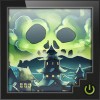

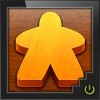
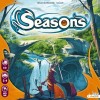

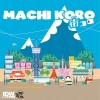


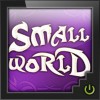

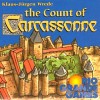






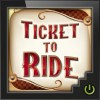

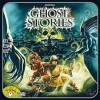

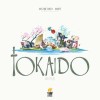


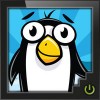
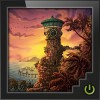






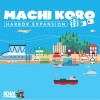


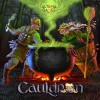










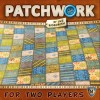




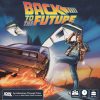


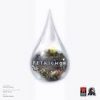
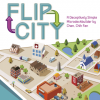

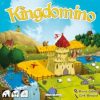
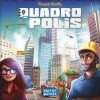


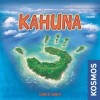
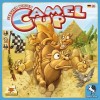



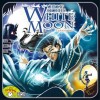







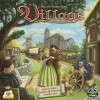
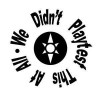


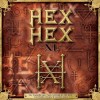


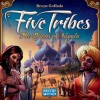

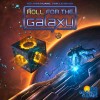




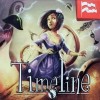












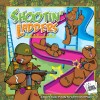



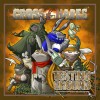








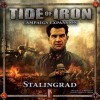
Bananagrams
I purchased this game for two reasons.
– It’s very portable and durable, so it’s great to take on trips.
– I had read several times that this game is great for people who love Scrabble and people who hate Scrabble. I don’t care for Scrabble (I’m too impatient), but my parents love Scrabble, so this is something I might be able to get them to play with me instead.
Setup
– Dump the tiles out of the bag
– Make sure they’re all face down and mix around
– Draw a certain number of tiles (depending on the number of players)
Super quick and easy!
Game Play
Someone yells “split”, everyone flips over their tiles, and start making words. The words all have to connect to one another like in Scrabble or a crossword, and you only play with your own set of tiles. Whenever someone uses up all their tiles, they yell “peel” and everyone takes another tile. This continues until there are not enough tiles left in the pile for everyone to draw another tile. Then the first person to use all their tiles yells “bananas”. If all their words are valid, they win.
You can rearrange your tiles as much as you want. If you have a tile you just can’t seem to fit in anywhere, just yell “dump”, put that tile back in the pile, and draw three new tiles.
I bought the 2012 Olympics version (it was cheaper at the time), and it comes with 5 “blank” tiles (they each have a picture of an Olympic sport on them- swimming, running, etc.) which can be substituted for any letter you choose.
Thoughts
I can see how this would be appealing to those who love Scrabble. You’re still fitting words together, but you just do it with your own set of tiles. Avid Scrabble players can have an advantage, because they may know more words, especially the more obscure q and vowel only words. On the other hand, they could have a disadvantage too if they spend too much time thinking about which words to play. In Bananagrams, the complexity of the word doesn’t matter, you just need to make them as fast as you can!
Overall this isn’t my favorite game. I still find it a bit too dull for me. I’d rather play something more interactive. With more people, it may be more fun though since I’ve only played with 2 and 3 person games.
If you like Scrabble or word games in general, this is probably a really good option for you.